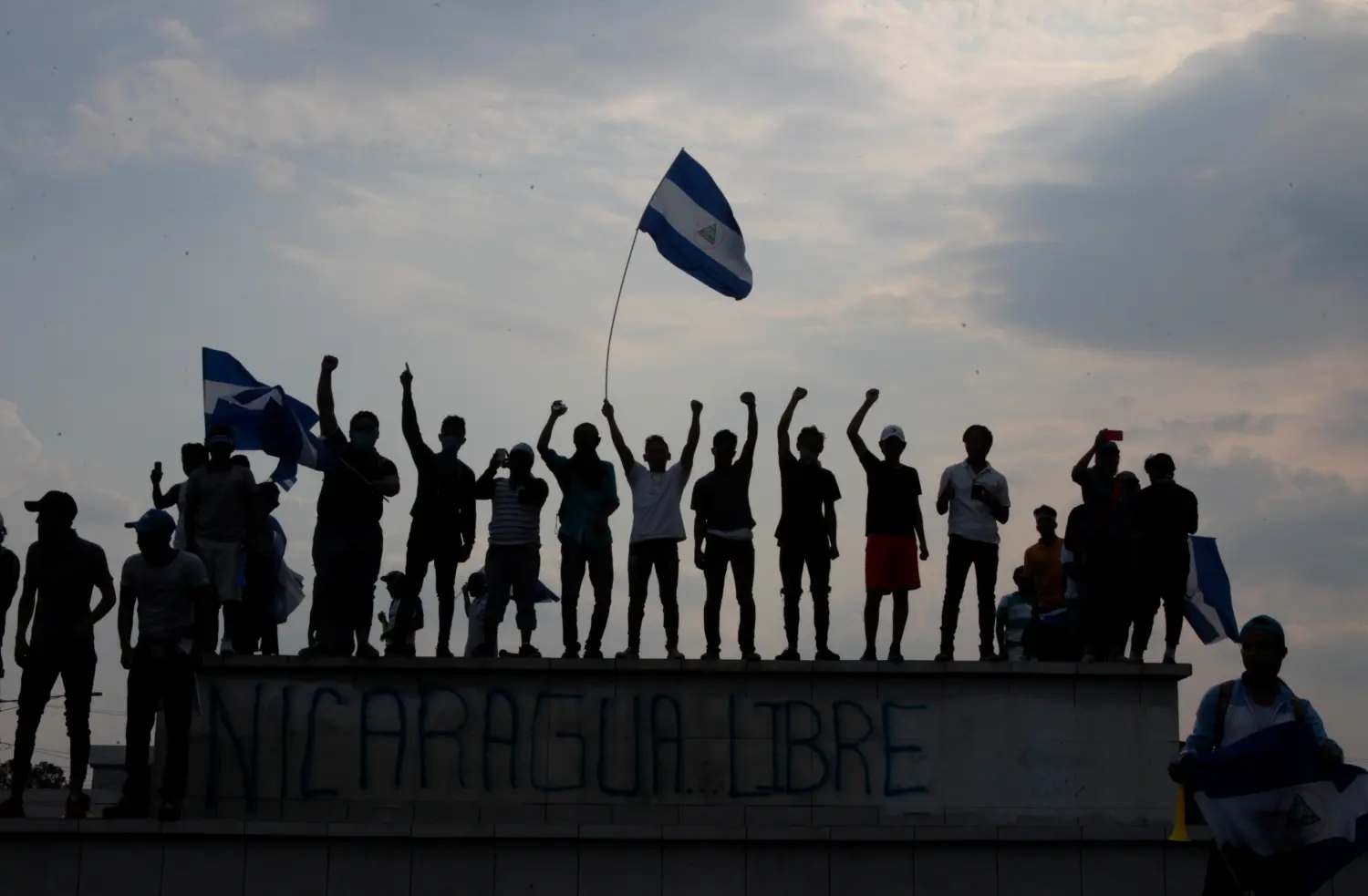Executive summary
Since independence, Nicaragua has suffered periodic internecine warfare, deep distrust between contending factions dominated by powerful caudillos (strongmen), and interventions by foreign powers. While the United States was frequently a party to these conflicts, local Nicaraguan actors often outmaneuvered U.S. diplomats. At the end of the Cold War, internationally supervised elections yielded an interlude of relatively liberal democracy and alternation of power (1990-2006). To the consternation of the United States, Sandinista Party leader Daniel Ortega regained the presidency in 2007, and orchestrated a successful strategy of coalition-building with the organized private sector and the Catholic Church. Supported by the international financial institutions and the Venezuelan Chavista government, Nicaragua achieved strong economic performance with moderately inclusive growth. President Ortega used those economic resources to gradually capture or suppress—one by one—many of the nation’s political institutions, eroding institutional checks and balances. Ortega’s strategy of co-opting all centers of power extended to the military and national police. The restoration of traditional caudillo politics and the fusion of family-state-party-security forces were all too reminiscent of the Somoza family dynasty (1934-1979).
Frustrated by Ortega’s narrowing of democratic channels of dissent and his administration’s mishandling of social security reforms, in April 2018 university students sparked a nationwide civil rebellion. Ortega responded with a dramatic escalation of lethal force that regained the upper hand. Alarmed by the mounting casualties and by yet another example of democratic backsliding and the restoration of autocratic rule, the Organization of American States and the United Nations sharply criticized the Nicaraguan government for its violations of human rights and called for democratic reforms and early elections. As of this writing, the Ortega government and the opposition forces are at an impasse, even as official repression deepens and the economy contracts.
A peaceful resolution remains feasible, but only if the contending forces can overcome mutual distrust and if the international community provides the necessary guarantees. The way forward can combine reforms of the electoral institutions and the Supreme Court, as well as credible terms for election monitoring, with guarantees for Ortega and his family that secure their eventual departure. A soft landing will also require the cleansing of the compromised national police and disbanding of the paramilitaries, even as the Sandinista Party is likely to remain a potent and legitimate political force. Broad agreement on an economic plan, conditioned upon political reform, would contribute to a restoration of business confidence. The challenges are daunting but the costs of failure are prohibitively high.






